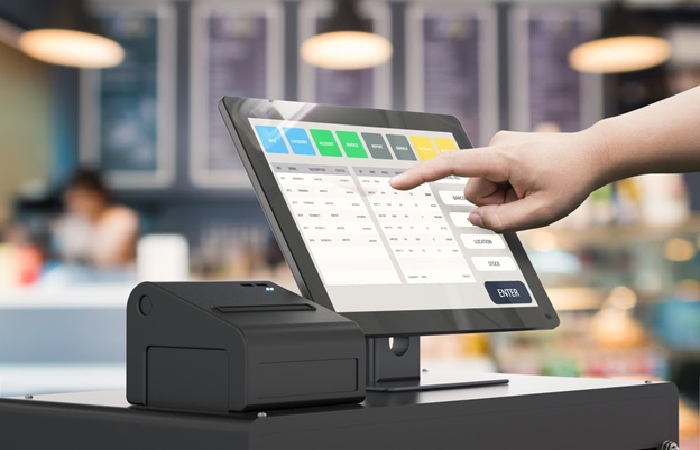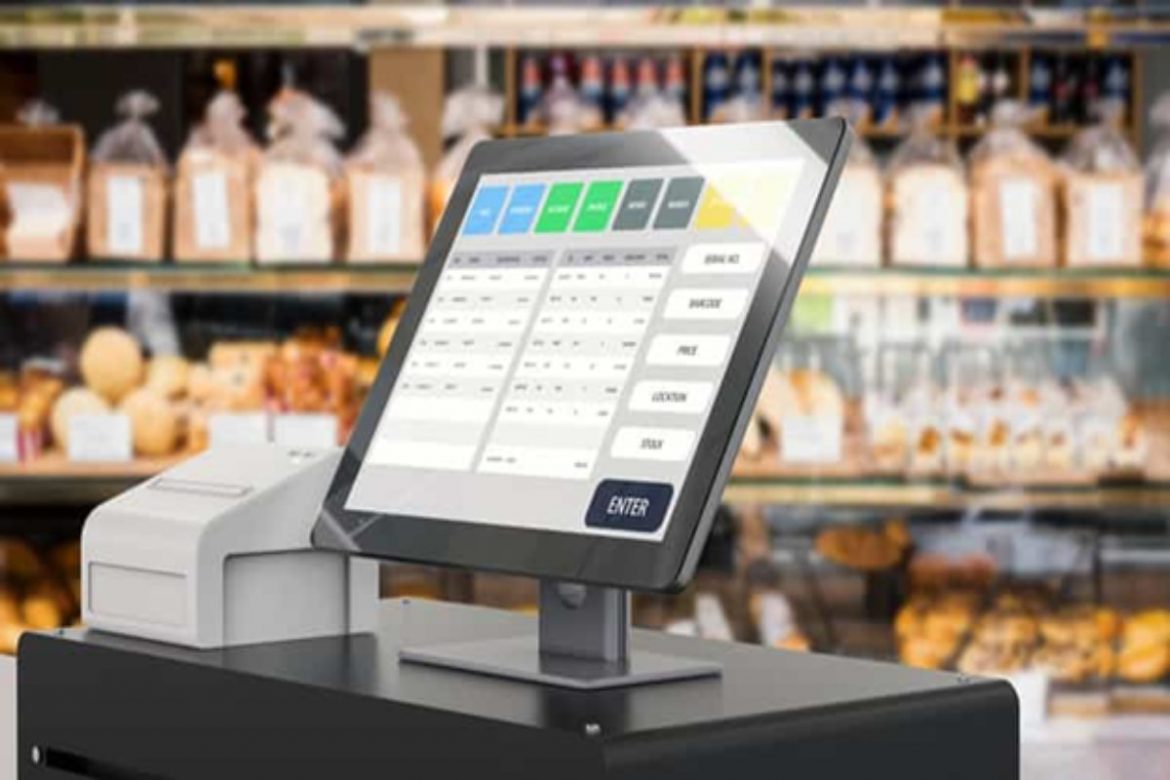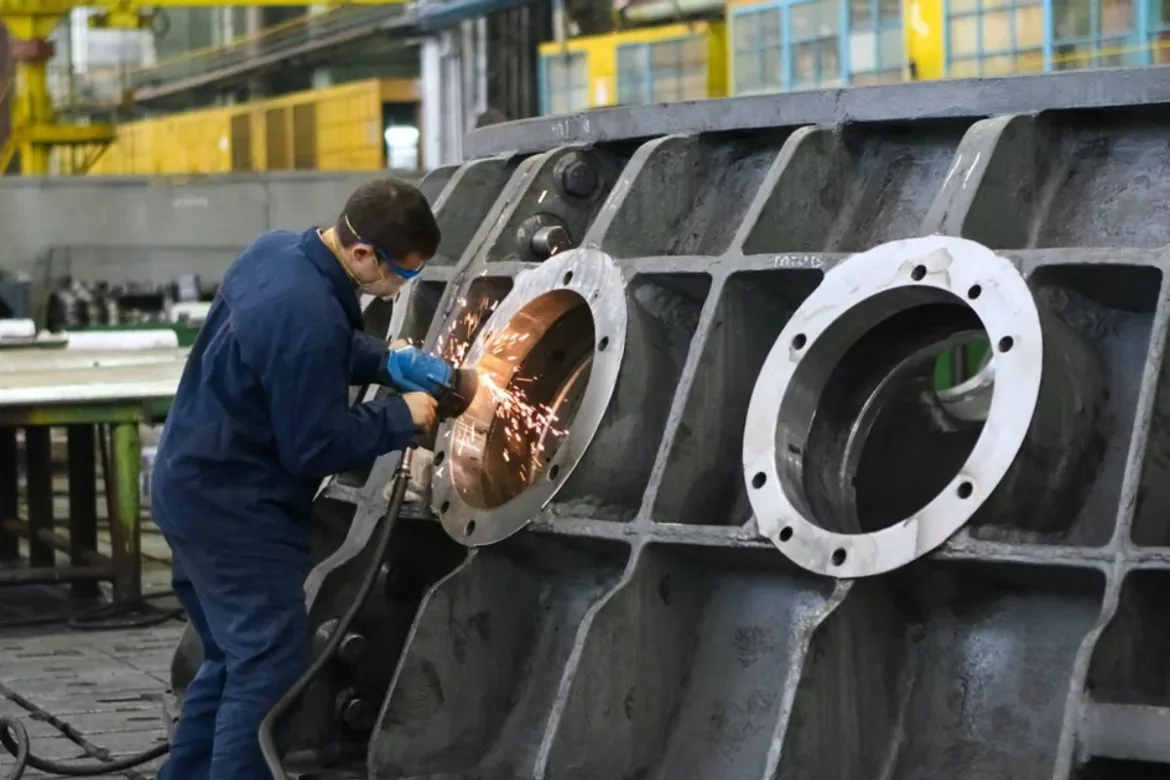Common Mistakes When Setting up a POS System for Your Magento Business – The significance of point of sale software for Magento businesses is undeniable these days. Even small companies have a prominent one. But on the other hand, setting up the Magento POS is not super simple. You need to put in resources and time. Also, do it right.
In this regard, be sure to avoid these common mistakes when setting up the system for your Magento business. As such, you will stay away from all the future hassles.
1. Not make use of customer support
How your POS gets connected and ready for use has to do with your provider.
For a few solutions, the users carry out the system set-up on their own. These are suitable for basic operations only intended for recording sales.
Still, often, support from your POS team is necessary. Does your business have multiple stores, control of goods, and some large product catalogs? See to it that you depend on point-of-sale software that delivers decent customer support.
Some companies fail to make the most of the support team. By trying to set up the system themselves, they waste their time and increase the overall stress. So, the lesson learned here is reaching out to customer service to go through the process smoothly.
2. Not optimize your product database

Several new users of Magento POS do not pay enough attention to preloading the system with all pieces of product info. These should include product name, description, stock-keeping unit, type/ color/ size options, retail price, vendor price, par levels, and the remaining amount. As the step is significant to run your business seamlessly, do it with care.
Moreover, consider adding other custom info related to each item. This implementation will support your stocktaking, ordering, and merchandising.
Another thing to note is, you have more than one option of adding new products. You can add them manually via the software backend. Else, more often than not, use a CSV file to upload this info. We suggest asking your point-of-sale provider for support in uploading it.
3. Not optimize permission levels
A few merchants have little idea of how crucial it is to allow multiple users on the Magento POS account. This step is particularly significant if there are many owners, managers, and employees in your retailers.
More specifically, since the POS system contains most (if not all) business info, allowing various access levels is critical. This way helps keep your stores away from slackness, lack of discretion, serious errors, and theft.
To allow such levels of accessibility, you can use custom employee permissions. Add access to different team members when you set up the point-of-sale software. You have two related options. Choose to categorize it into admin, cashier, among others. Else, customize it for each staff member.
4. Not have a power backup

You are working in the age that technology thrives. But that does not imply power is no longer significant. It is equal to the opposite, indeed.
In this case, the amount of preparation will depend on your business’s size. The larger it is, the more preparations you need to prevent losses.
Yet, generally speaking, we recommend having some battery backups or a generator. Should things go wrong, you are better off knowing what is necessary to ensure the Magento POS keeps operating for several hours.
5. Not have a payment backup plan
Picture this: The payment is going on. But all of a sudden, a system failure happens. What to do? Is it the right time that you wish you had some backups?
Even if you manage to select a fantastic POS, it never hurts to have a backup plan. It is a particular help for those who pick a software whose payment procedure is subject to a wifi signal.
On the one hand, Cloud point-of-sale systems tend to have an offline mode. If your Internet access goes down, it queues credit card transactions. Still, on the other hand, having an extra hotspot connection is usually advisable. It is helpful when there is a problem with the primary Internet connection.
Also, in case your central Magento POS fails, a mobile payment app proves to help. Else, you may want to accept payments via Paypal or some other virtual terminals. Indeed, with multiple options for taking payments, you can avoid undesirable problems.
6. Leave your employees with insufficient training

Many people do not think about this when setting up POS. Yet, various problems likely result from human error.
For example, when the employee does not receive proper training, your business may suffer from many issues with payment processing, accounting, and financial condition.
That is why preparation is necessary for the company to prevent any slip-ups related. If you have enough confidence, train your employees up. Otherwise, ask the firm that runs the Magento POS software whether they offer a training program.
In a nutshell
Compared to conventional stores, a decent point-of-sale system contributes to your business’ more rapid growth. Better yet, it can make things easier for merchants and purchasers alike.
With that being said, to get the most out of the Magento POS system, you need to set it up appropriately. This process necessarily means avoiding the common mistakes mentioned above.









